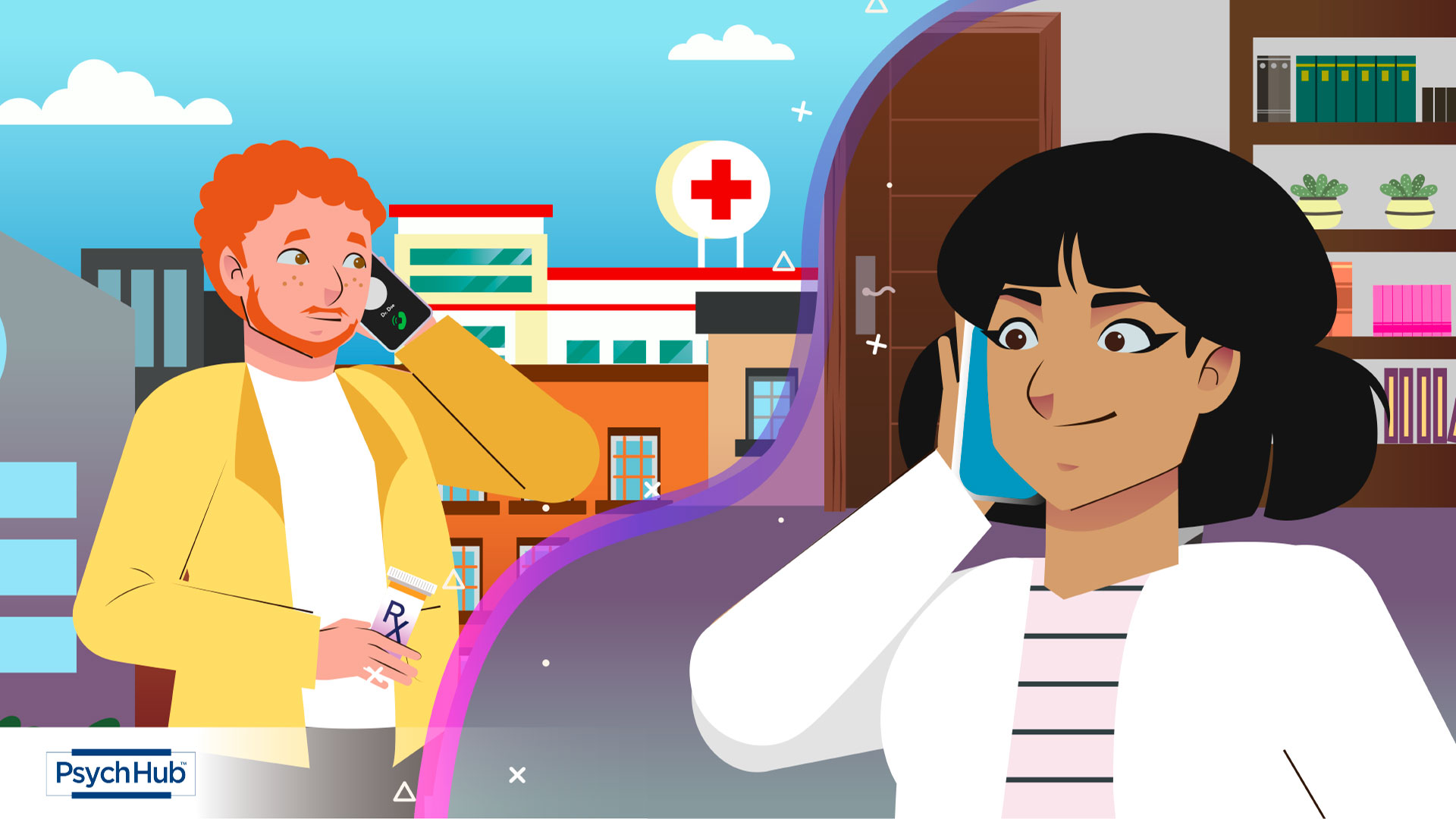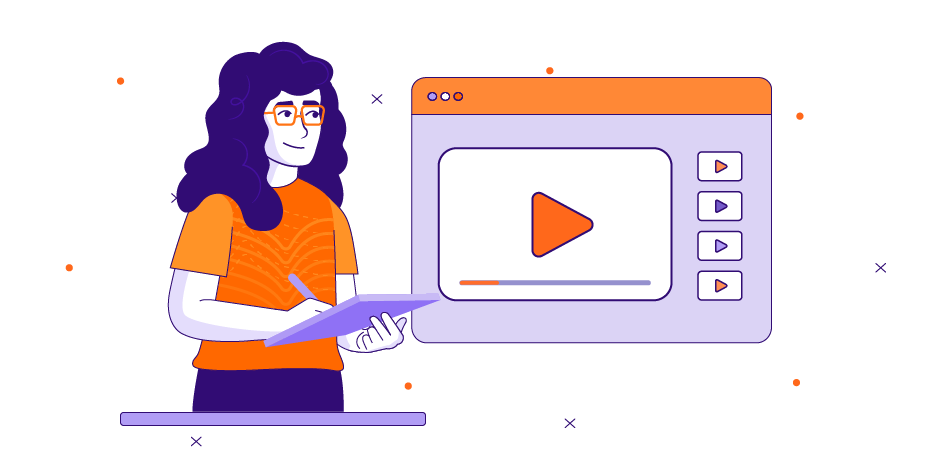
5 Ways to Use 2D
Animation for eLearning

2D animation is an amazing tool for eLearning, and it’s
not just for kids. With animation, educators can take
their content to the next level, make it engaging, easy
to understand, and emotionally accessible to all kinds
of viewers.
How Can We Use Animation?
There are tons of ways that educators can use animation in their content, but here are a few of our favorites:
Explaining Complex Topics
eLearning Animation is great for emotional learning since it can keep information impartial among audiences. When it comes to learning about difficult subjects, 2D animation is a great way to explain complex ideas in a simple style. This means learners can grasp information without being overwhelmed by visuals.
Keep Learners Focused
Style and color once again take center stage and is one of 2D animation’s biggest perks. With a distinct style, learners are more likely to remember what they’ve seen and the information accompanying it. With animation, creators can also emphasize just one action at a time, which can help guide viewers through a topic or event without overwhelming them. This will not only help information “stick” better but keep learners focused on both the video’s content and visuals.
Stay Engaged
High engagement is important for any kind of learning program, and with 2D animated videos, this is no different. However, the video format doesn’t allow for much interaction between audiences and educators, no matter how interesting the art style is.
Fortunately, 2D animation isn’t just for video. Creators can add interactivity to microlearning webpages with animated widgets and can add ways to interact with their animated characters. Being able to chat in real-time with an animated character is a wonderful way to boost learner engagement and interactivity.
Accompany an Amazing Story
The best thing about animation is its versatility—you can show complex machinery from any angle, depict statistical information in a fascinating way—and when telling a story, your possibilities are endless. By using different kinds of animation, audio cues, and even color schemes, animators can tell any kind of story with ease.
Create an Emotional Learning Environment
With 2D animation, every part of the video can be used to invoke emotions in your learners. Specific audio cues and music choice can help create a mood, but with 2D animation, creators can take this to the next level with their color choices, shot direction, and even how the characters themselves are animated. This can help learners retain information even more
effectively by stimulating their emotions.
Read more about how to create engaging eLearning Videos.
All of these concepts are great in theory, but let’s see them in practice! Here are a few companies that we’ve helped out with amazing 2D animations:
Animation in Sales Training

When we worked with our friends at Autodesk to create sales training software for their digital drafting programs, the client was looking for something sleek, eye-catching, and professional. The team needed an engaging series of videos to help salespeople learn the software they were selling.
We provided them with a sample of the style we’d wanted to use (including a cartoon version of their subject matter expert), and everyone loved it! We got asked to make more cartoon versions of other speakers with the company too! In the end, we managed to help our client not only create educational content for their salespeople but to help create a tone for the company’s internal affairs. With an established style and tone for the workplace, sellers are now more able to match the tone Autodesk wants from them and can continue to work in a positive environment!
Our solution to creating an engaging and interesting set of videos was initially to animate using 2D character animations. The team at Autodesk wasn’t entirely sure about using 2D characters in their videos since they were worried the product would end up looking childish. But with a strong color scheme and motion graphics to highlight important information, we knew their learners would have a more enjoyable time learning the content.
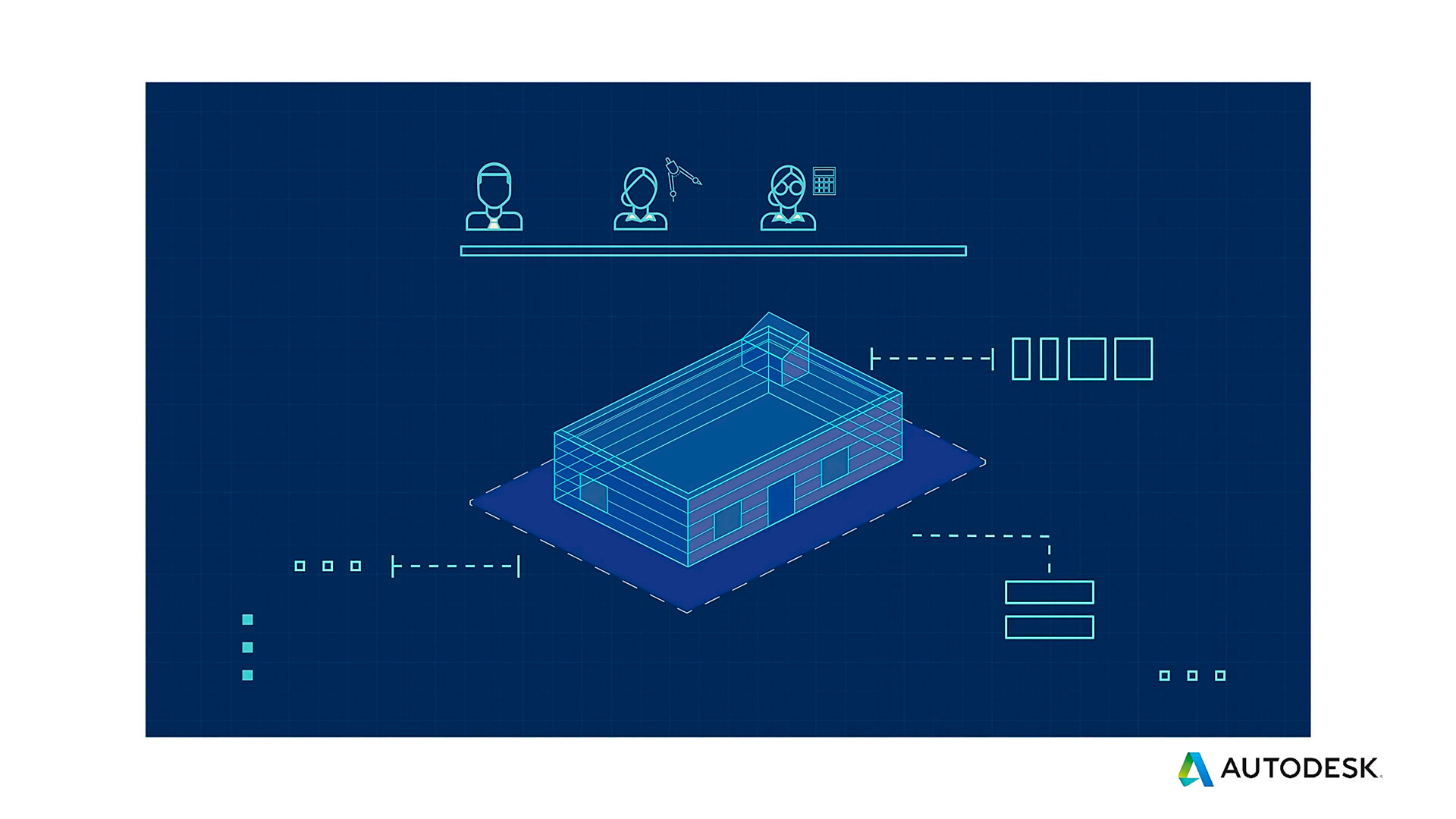
Animation in Safety Training

Recently we had the pleasure of creating safety training videos for our clients at The Wonderful Company, an organic food superpower most well-known for their almonds and pistachios. Wonderful needed safety training videos for their farmers in both English and Spanish that were mechanically accurate but still stylish and engaging.
Our solution was to create character-led animations. That way, the content can easily be dubbed in both English and Spanish. Plus, with illustrations, we could create accurate depictions of expensive equipment without the need to obtain specific technical information. This also allowed for the use of subtitles and the ability to review the safety training content as needed.
Wonderful wanted to work with 2D character animation but still have a subject matter expert to voice the video, so we drew up a character for their expert to use. We also made sure the script flowed well in both languages, so viewers could have the same learning experience regardless of what they spoke. Of course, Wonderful had to approve the script and
character design. Once they did, we got the rest of the production underway.
In the end, our animation helped train over 6000 Wonderful employees in both languages and have helped increase the company’s training completion rates. Now, more people can help bring Wonderful food to our tables while following safety guidelines!
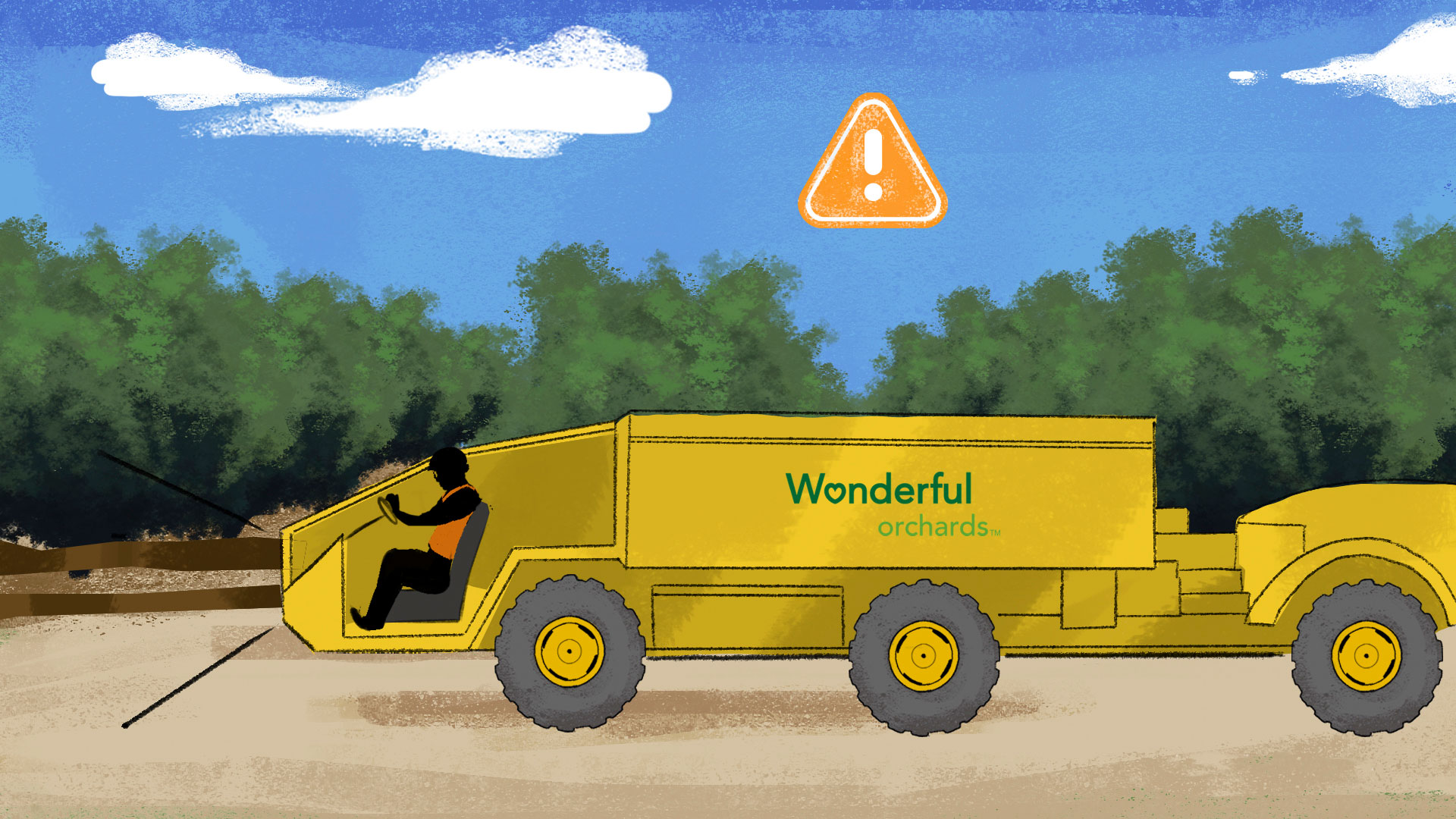
Animation in Technical Training
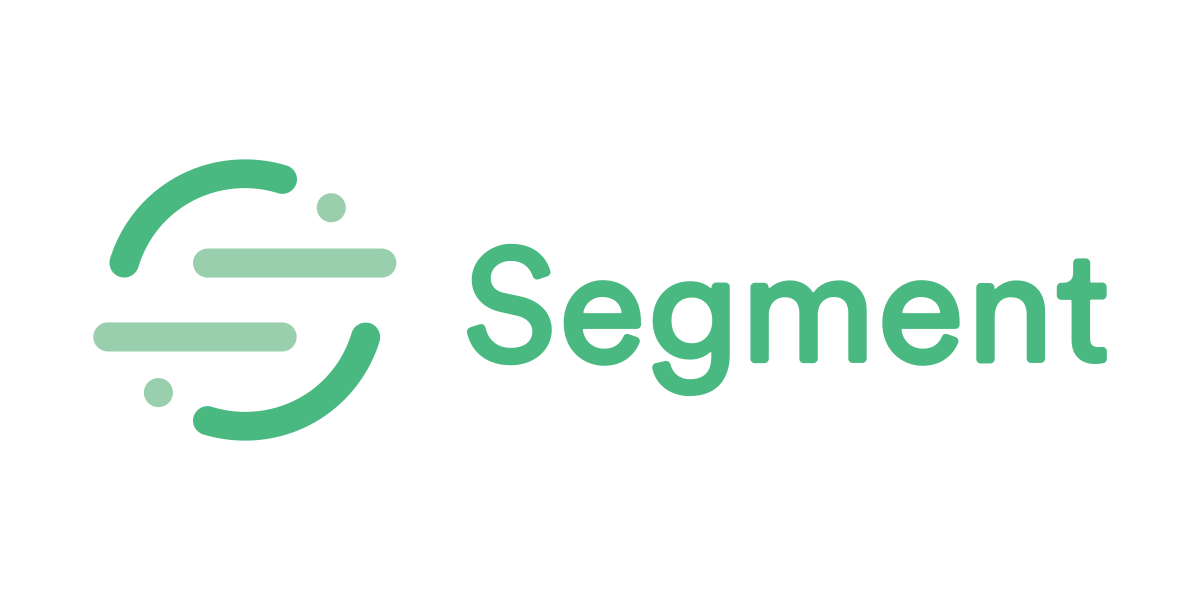

With technical training, it can be difficult to explain complex topics in a clear and concise fashion. That’s why our clients at Segment and Picwell came to us for help. While the projects were different—one explaining a technical process and the other teaching people to build their brand—the concept is the same: create engaging content that can explain these complex ideas to new learners.
For Segment, we needed to make sure our animations were simple and stylized. This meant choosing limited color palettes, working without fine lines, and keeping animations as smooth as possible to help viewers transition between scenes or concepts. We used lots of logos and graphic images to help maintain a consistent style, and did most of our work with motion graphics instead of traditional 2D character animation.
Picwell contacted us with another technical project, this time explaining insurance policies and how they work. Just like Segment’s projects, we chose to work with motion graphics and a sleek design to highlight the information presented. Our style of choice was, once again, motion graphics, which could display the statistics and concepts they needed without difficulty in a visually interesting way. We were also able to use this distinct style to help set a tone for the company, which resonated with their audience and earned them some more sales!
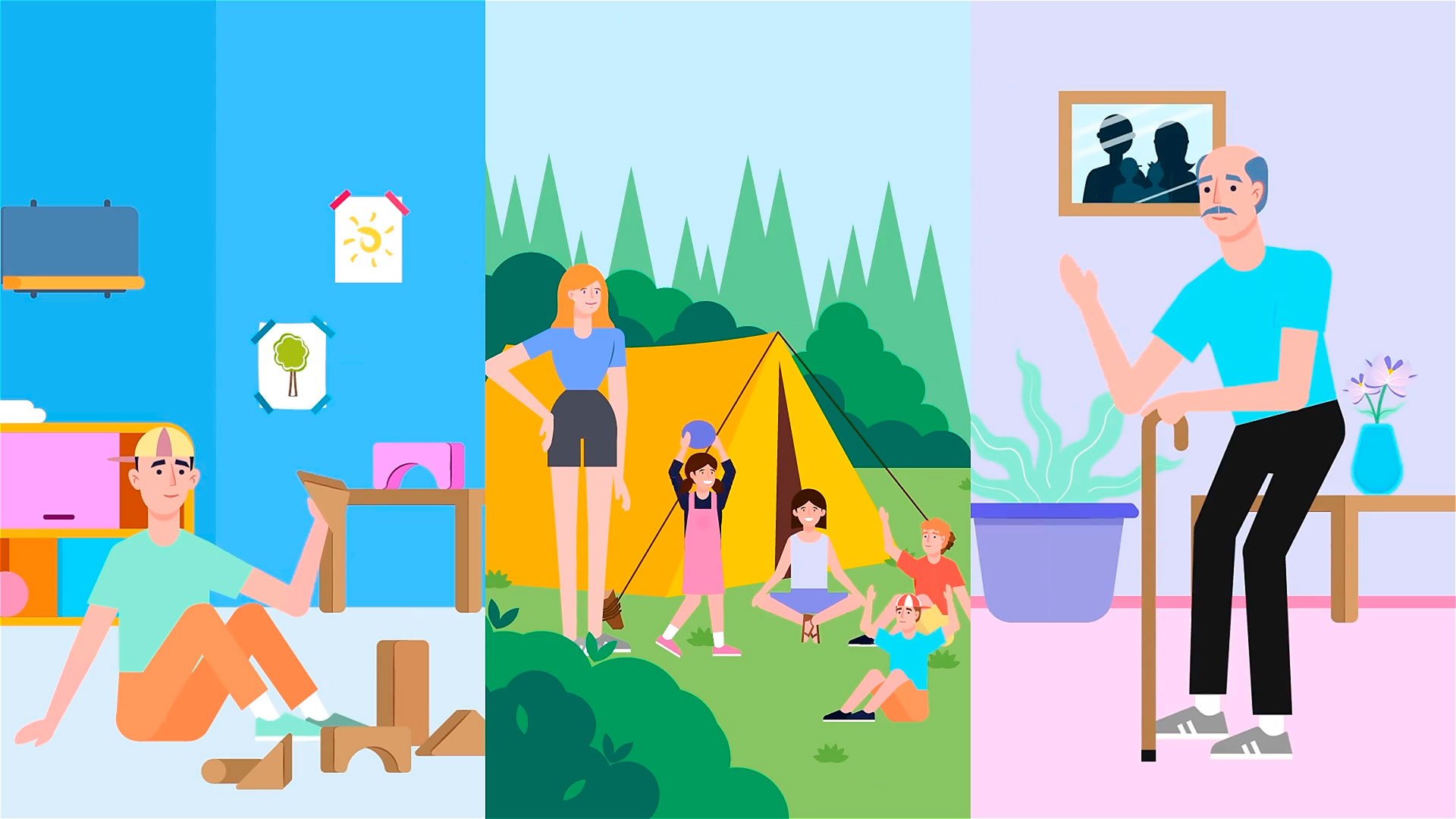
Animation in Professional (Medical) Training
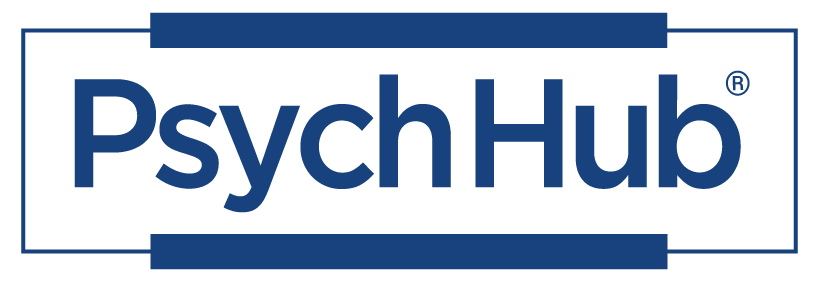
With PsychHub, our goal was to create videos that were stylized and easy for audiences to relate to. Since their videos covered mostly difficult topics regarding mental illness and other aspects of mental health and wellness, the main focus was on storytelling over showing accurate illustrations of machinery or statistics.
Our solution to their request was to create a series of educational videos that focused on a specific character during each video. This way, we could create a sense that the viewers were looking into someone’s experience as opposed to simply displaying information.
Alongside research and character development, we wanted to use a simplified style to help convey complex ideas while staying impartial. With a wide variety of characters, we were able to make emotionally engaging videos with a unique style and color scheme that cover tons of different mental health topics.
In the end, our client loved our work so much, they’d asked us to make more videos for them! So far, we’ve produced over 100 videos on different mental health topics. Through our team effort, we have been able to make mental health education accessible to thousands of people around the country.
